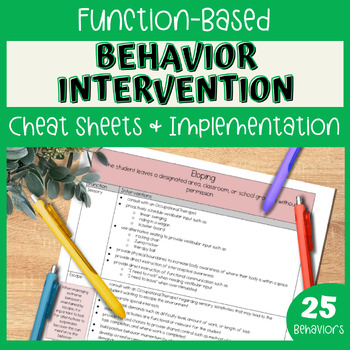
Wow it has been a while since I have had a Sensory Saturday! But my classroom has been a sensory hot mess lately so I wanted to share the great strategy that I have began to use in the classroom that is both quick and easy--Sensory Folders. My sensory folders take into account two basic sensory needs: Alerting and Calming. To learn more about these sensory needs check out my handout on Sensory Supports for the Classroom. Unfortunately I cannot take full credit for this idea because my wonderful teaching partner also uses something very similar based on one of her student's needs. I created sensory folders for two students in particular who have completely opposite sensory needs. The first student is typically a lump on a log! He is very low-tone and not really engaged in our activities most of the time. For him I made the yellow "alerting" folder. In the folder, I provided a variety of alerting choice options such as spinning in the teachers chair, ta......

Download my FREE Calming and Alerting Sensory Cheatsheet! I look forward to connecting with you and sharing SpEd Spot tips and FREEBIES! Download the Sensory Cheatsheet Built with ConvertKit There are tons of seating options available that also provide sensory input. Therapy Balls Therapy balls are great for kids who need an alternative seating option. Students need to be alert in order to balance their weight on the ball. I also use the therapy ball to provide proprioceptive input (deep pressure by rolling it firmly over a student who is laying on the carpet). A therapy ball can also be used for students who need vestibular input (rocking back and forth or bouncing). "Wiggle" Cushions I typically use these with my "wiggly" kiddos. Wiggle seats can give some of the same input as the therapy ball but are easier to implement in the classroom (especially in the general ed room) because they are smaller and don't stand out as much. Ther......

Download my FREE Calming and Alerting Sensory Cheatsheet! I look forward to connecting with you and sharing SpEd Spot tips and FREEBIES! Download the Sensory Cheatsheet Built with ConvertKit Proprioceptive (also called deep pressure or heavy work) input is the type that I use most often because it is sort of the "default" that you should use when you aren't quite sure what the student needs. This is because deep pressure has a calming effect. For more information about deep pressure you can read about it here . Weighted Vest Some students need deep pressure during activities. Typically these kids are the ones you see bouncing off your classroom walls or who seem overly anxious. A weighted vest provides a calming effect. Steamroller This is another way to provide proprioceptive (deep pressure) input. We have our steamroller in a sensory room at school and kids who need a break will go to the room and roll through the steamroller several times.......

Download my FREE Calming and Alerting Sensory Cheatsheet! I look forward to connecting with you and sharing SpEd Spot tips and FREEBIES! Download the Sensory Cheatsheet Built with ConvertKit Gym Mat A gym mat is a very versatile sensory tool. It can be use for practicing yoga or s'cool moves, made into an awesome tunnel, or used to block off an area that is too distracting or a child who is too distractable. Music I have only started using music frequently in my classroom over the past couple years. Last year I used it for a student who would continually chatter during group work. We felt he was doing this because he was trying to cancel out some of the other classroom noises and it was like he was creating his own "white noise". Although this chattering may have been calming to him it was awful for the rest of us to endure! Playing steady, calming music through headphones on low enough volume that it gave input but he could still hear me teach......
Subscribe to:
Comments (Atom)






